T-1
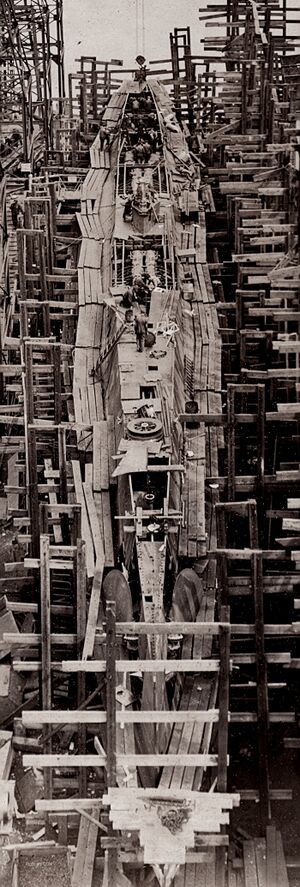
At the bow the covers have not been installed over the bow planes rigging and rotating gears. The purpose of the large wheel-like object on the forward deck is unknown, but it possibly part of the bow planes rigging system.
Photo in the private collection of Ric Hedman
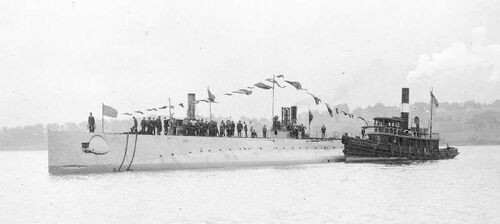
Photo provided by MMCM(SS) Rick Larson, USN (Ret.)
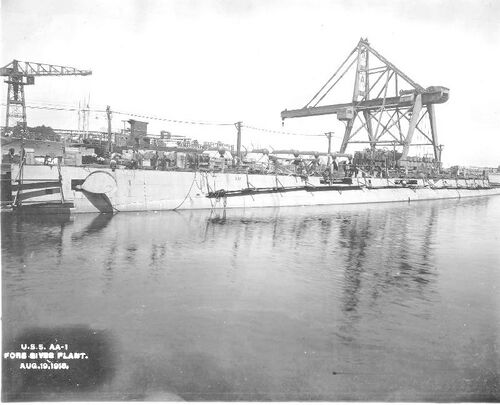
Photo provided by MMCM(SS) Rick Larson, USN (Ret.)
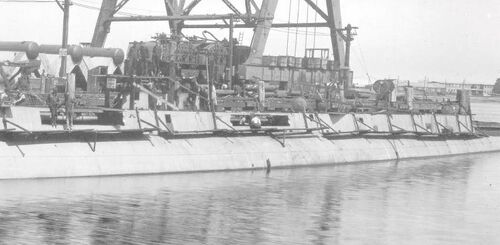
Photo provided by MMCM(SS) Rick Larson, USN (Ret.)
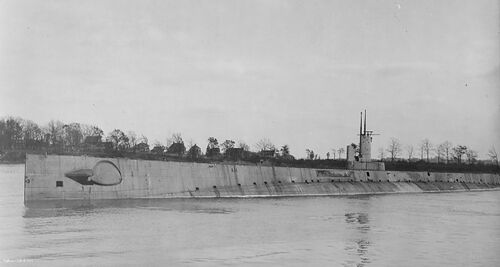
Photo in the private collection of Ric Hedman.

You can see that during her speed trials she had the pre-war pipe and canvas bridge shelter system rigged for this surface run. Lessons learned from the WW1 war patrols of the L-class boats showed this to be completely inadequate for the North Atlantic weather. It would be later replaced with a permanent metal "chariot" style bridge, modeled after contemporary British and German designs.
NARA photo #2479.
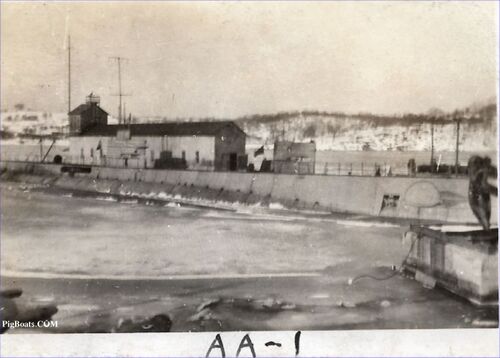
AA-1 shown alongside at Submarine Base New London, Groton, CT., February 1920. It was a very cold day, with portions of the Thames River frozen over with snow on the hills behind. The aft deck torpedo tube doors are open, with the tubes partially swung out to starboard. At this point she still retained the set of deck tubes forward of the fairwater, but they are not visible in this lower resolution photo because the doors are shut. Seven months after this photo was taken she would be renamed T-1.
Photo in the private collection of Ric Hedman.

The AA-1 appears to have mattresses and bedding being aired in the lifelines. The photo looks to have been taken from a barge moored to the dock. The photo taker was Seaman George Peterson, a cook striker, from the USS O-15 (SS-76).
Photo from the private collection of George Peterson, used with permission.
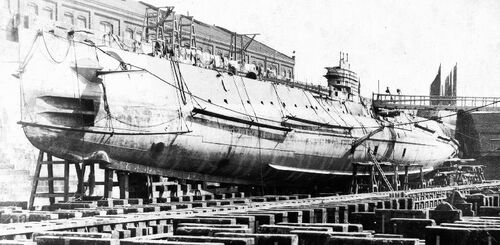
Photo provided by MMCM(SS) Rick Larson, USN (Ret.)
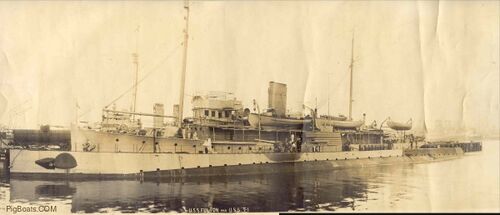
Photo provided by MMCM(SS) Rick Larson, USN (Ret.)
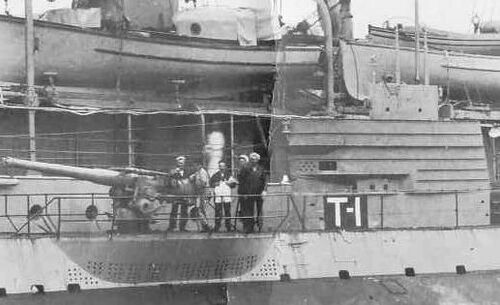
Photo provided by MMCM(SS) Rick Larson, USN (Ret.)

Photo in the private collection of Ric Hedman
Page created by:
Ric Hedman & David Johnston
1999 - 2023 - PigBoats.COM©
Mountlake Terrace, WA, Norfolk, VA
webmaster at pigboats dot com
